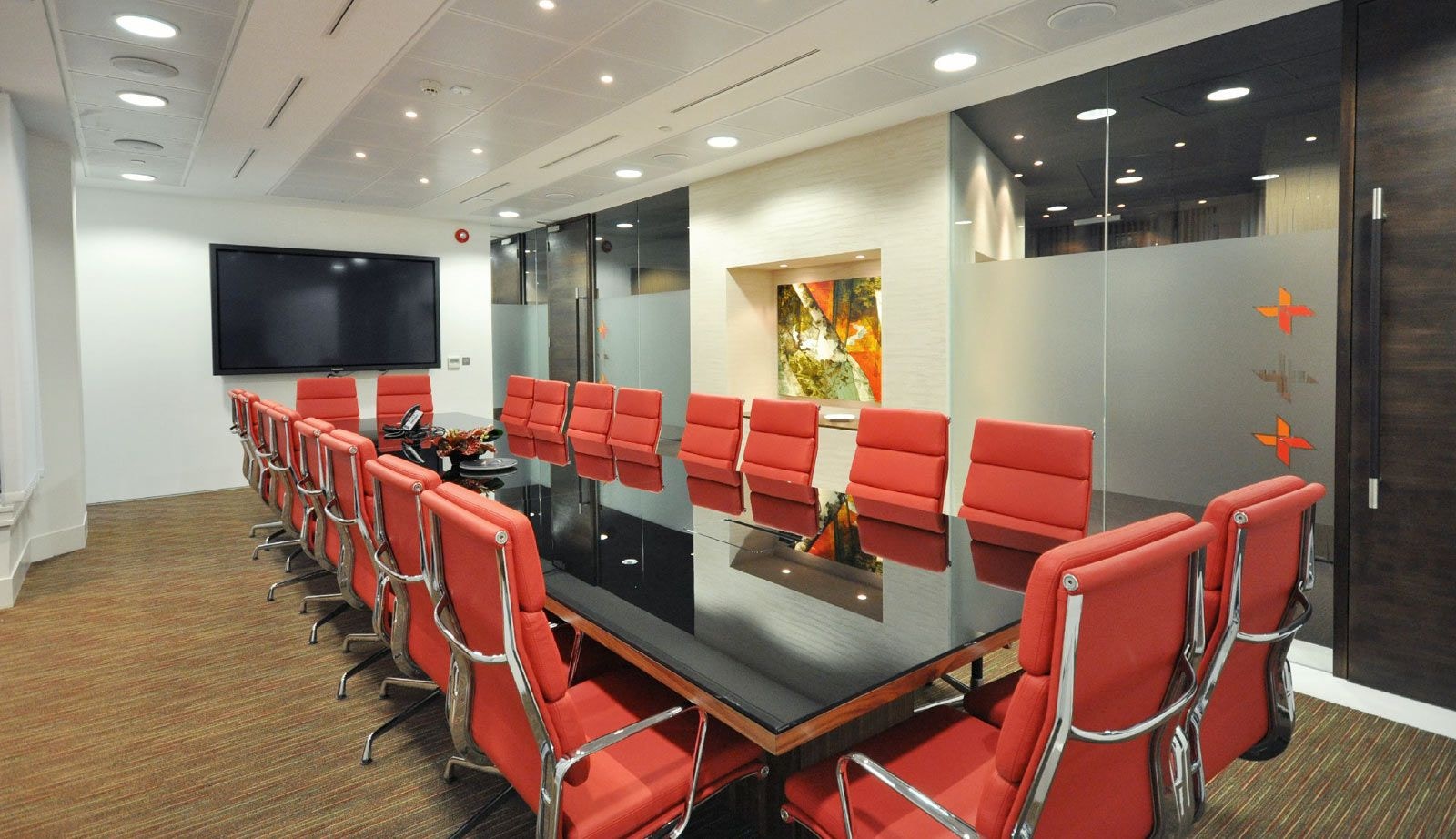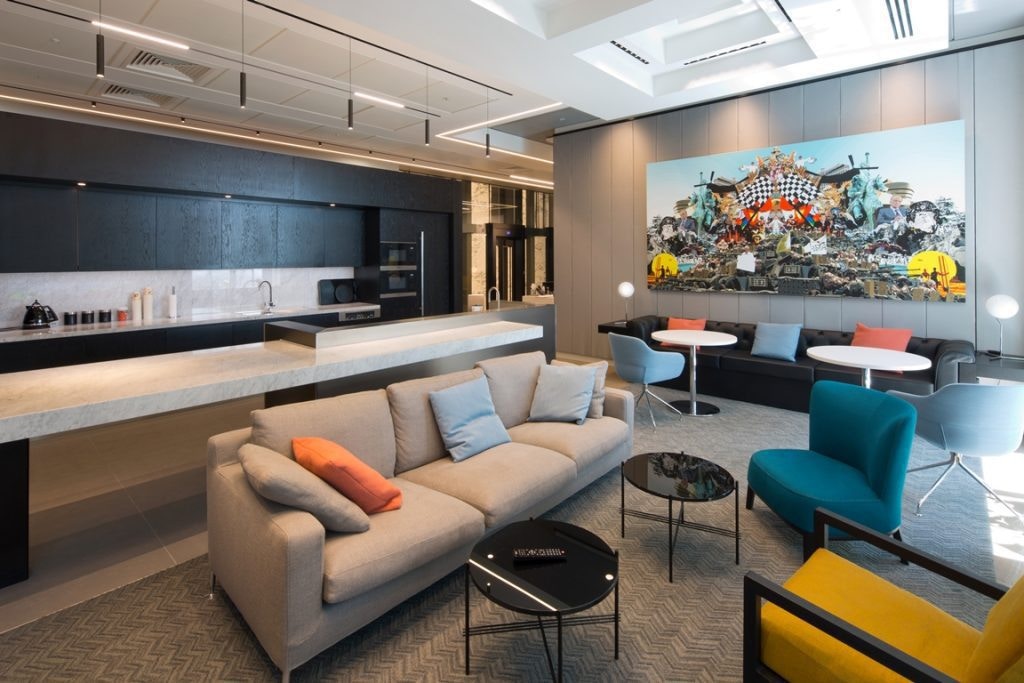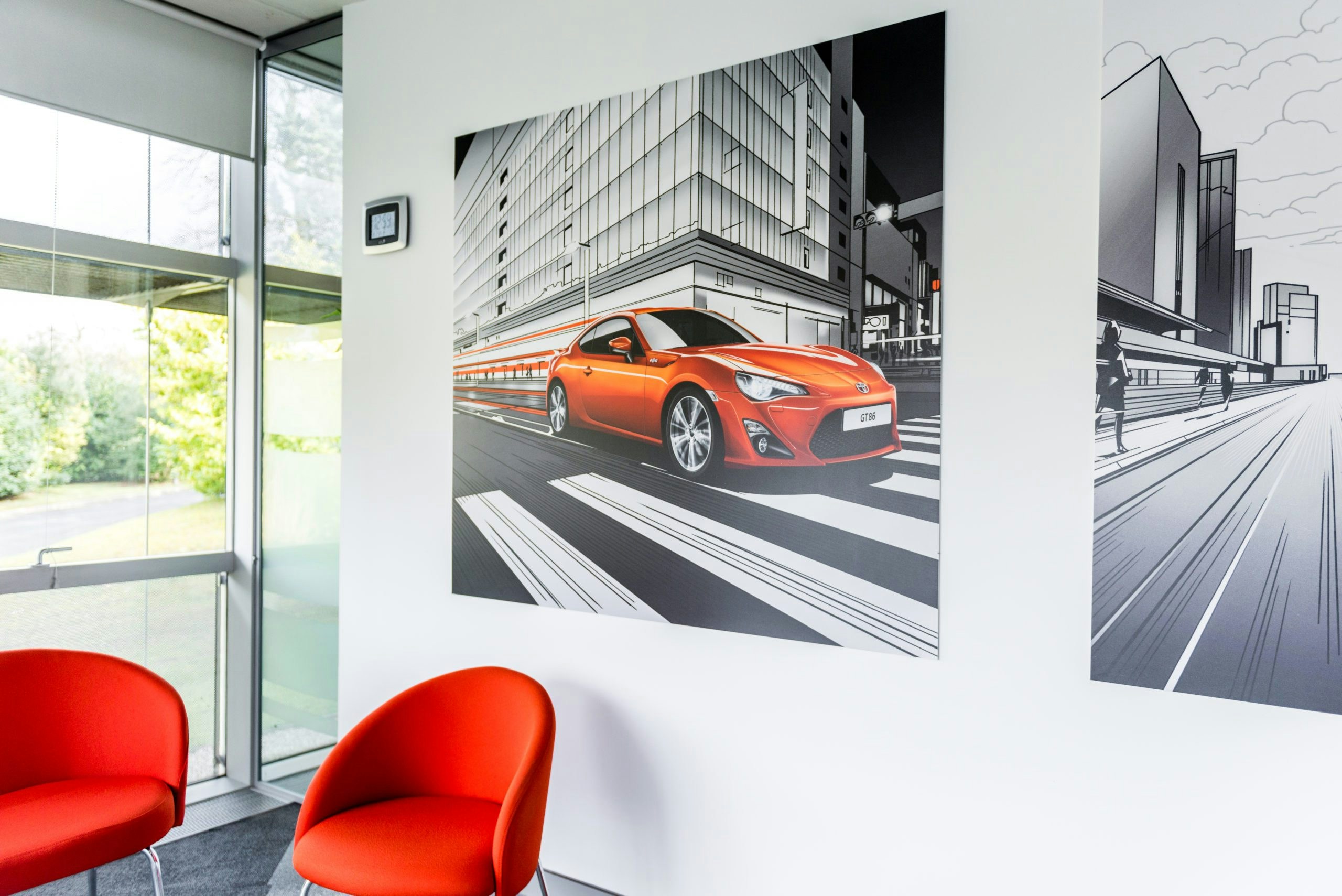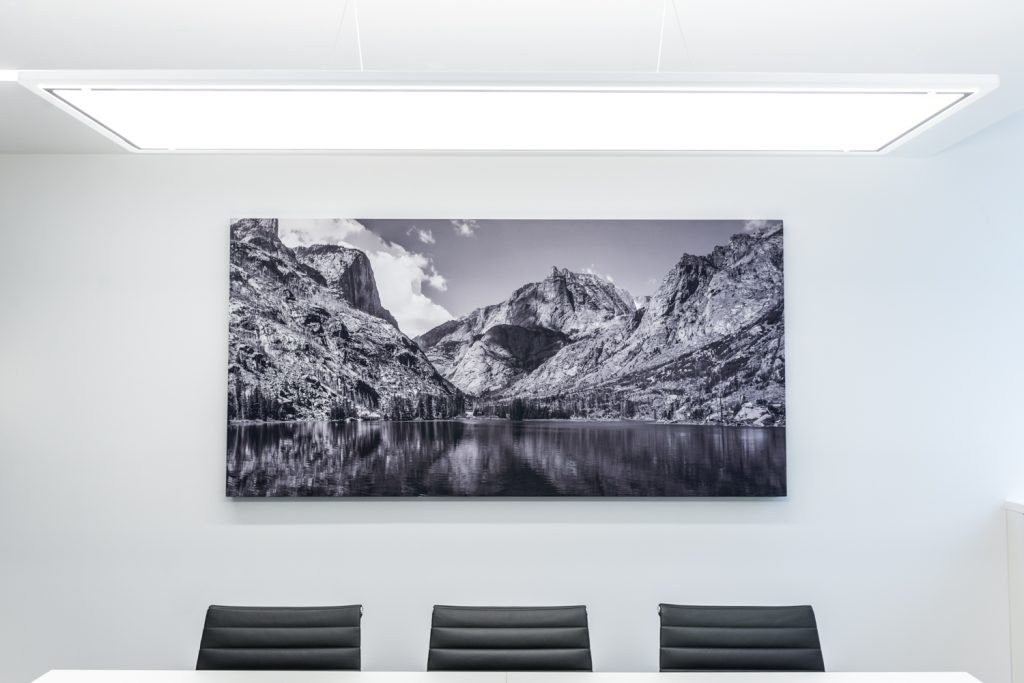Incorporating art in the workplace is sometimes viewed as a luxury when it comes to office design, something that only larger corporates with deep pockets could contemplate.
Consequently, and unfortunately for many offices, the impact of art in the workplace has been significantly underestimated. That is until now and following a slew of studies and articles highlighting the positive effects that artwork can have, more and more companies are embracing art in the workplace.
The work of Dr Craig Knight, who has studied the psychology of working environments for 12 years at the University of Exeter is referenced in a Guardian article which explains how art in the workplace can boost productivity and is quoted:
There is a real tendency to opt for sanitised, lean workspaces, designed to encourage staff to just get on with their work and avoid distraction
But there isn’t a branch of science in the world which believes this approach boosts productivity or makes for happier workers, according to Knight.
If you enrich a space people feel much happier and work better; a very good way of doing this is by using art
Furthermore, Forbes look at a US study, dispelling the notion that art in the workplace is merely decorative and that found that 78% of respondents agreed that art in the workplace reduced stress levels, while 64% stated that it increased and inspired creativity. The survey which elicited over 800 responses also found that art in the workplace encouraged increased collaboration and expressions of opinion from employees.



